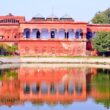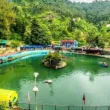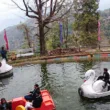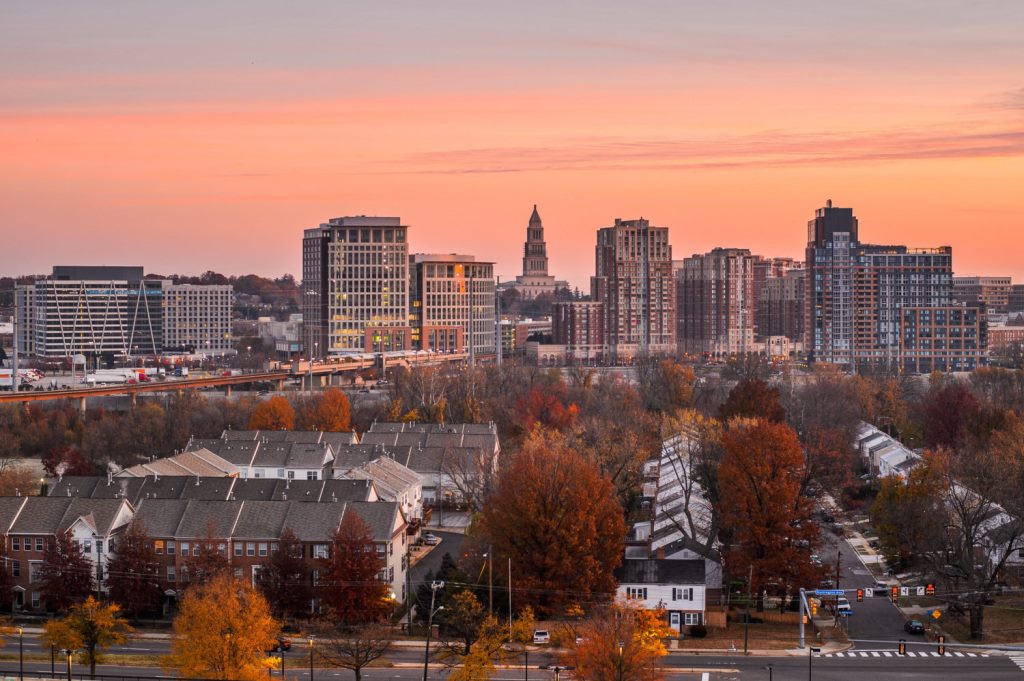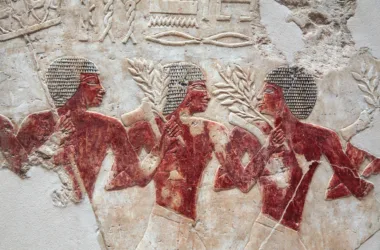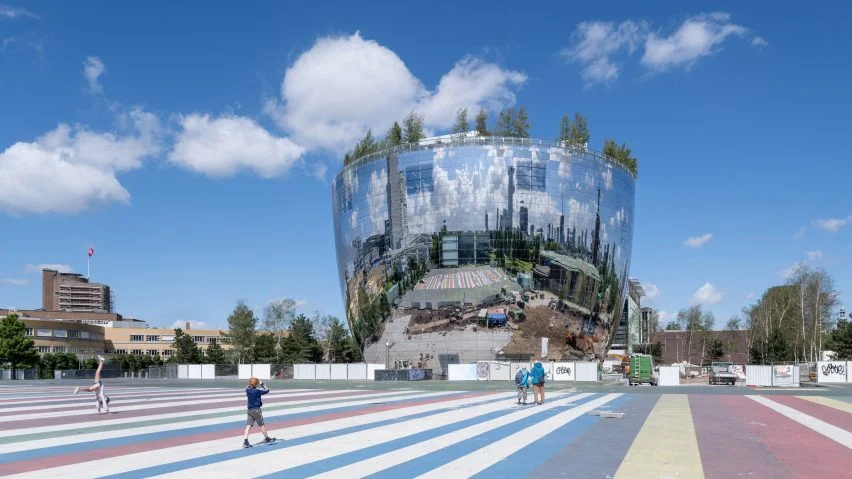Things to Do in Testaccio, Rome: If you’ve tried other tourist-filled neighborhoods in the Italian capital of Rome and are ready for something different, visit Testaccio, referred to by locals as the “Heart of Rome.” The neighborhood is home to an old stockyard and a hill made of amphora (ancient Roman pottery) from ships on the nearby Tiber River, which have been broken into pieces and discarded.
The hill of Monte Testaccio has been converted into a place where you will find lavish nightclubs and wine bars; This is where the beautiful people of Rome go to enjoy their dolce vita (sweet life).
Foods such as Testaccio are due to traditions attributed to early stockyard workers, such as taverns cooked in a stew. The neighborhood is not only a fun place to explore the history, but there are many more attractions, including a pizzeria, a lively covered market, and shops featuring international organic foods.
8 Best Things to Do in Testaccio, Rome
- Marvel at the Pyramid of Cestius
Estimated to have been built between 18 and 12 BC, after Rome’s conquest of Egypt, the 120-foot-high Pyramid of Cestius once served as the tomb of a wealthy Roman. Over the centuries, it has been torn down, and some of the monuments around it have been transferred to museums. Nevertheless, it is reminiscent of the phenomenon known as “Egyptomania”.
The pyramid, much spikier than the pyramids found in Egypt, sits in a peaceful cemetery right in the middle of the city.
- Tour Testaccio’s Street Art
Testaccio is like an open-air museum of street art. The likes of Blu, Sten Lex, Axel Void, Roa, Telas, and Iacurci have all made their mark on this neighborhood, and you can see the fruits of their labor on buildings big and small, old and new.
One of the best ways to see street art in Testaccio (and Rome, in general) is by motorbike. You can use the nifty Street Rome app to help you explore some of the classics, including Ina Cruz’s “Hunting Pollution” and Roa’s “Jumping Wolf.”
- Visit Monte Testaccio and the Nightclubs
The hill, known as Monte Testaccio, is 150 feet high and covers approximately 220,000 square feet. It is said that there are about 53 million broken pieces of terracotta pottery. These amphorae were used to transport olive oil, honey, wine, and other goods.
Also known as Monte de Cosi (“Mount of Shards”), the hill is located next to the site of the ancient Tiber Riverport, and warehouses, which were used to store imported goods such as olive oil sent in those jars. were used for.
Over the years, interesting facades and sculptures have been added to sections of the Monte Testaccio neighborhood to turn it into a hub of clubs and restaurants with some of the capital’s best eateries.
- Shop the Market
Volpetti Salumeria is where you can buy everything from pizzas and sandwiches to some of the best cheeses and meats in Italy. It is a wonderful and crowded place. Buying provisions for a picnic in the park is one way to go if you’re trying to save money – but you won’t find anything cheap.
The Mercato Testaccio Covered Market is another place to find fresh vegetables, meat, and cheese. This is not a tourist market, but it does offer a selection of food items that will impress you if you are used to the limited selection of things in the American market. Around the perimeter of the market, you’ll see stands selling clothes, shoes, and household items.
- Visit the Mattatoio di Testaccio
The stockyards, representing the southern border of the Testaccio, stretched between the Tiber and Monte Testaccio, have given way to the impressive building and courtyard Mattatio di Testaccio. Now, this popular contemporary art exhibition space is a cornerstone of the arts center that now occupies the old stockyard buildings.
Built between 1888 and 1891, the structure is considered one of the most important original examples of industrial archeology in the city. They haven’t really destroyed all the old slaughterhouse mechanisms that used to move hanging carcasses through the building for processing so you can get a pretty good idea of what happened there in the early stockyard days.
- Learn More About Roman Foods
La Citta dell’ Altra Economia, found in Largo Dino Frisullo, is a very interesting 3,500 square meter farmers market complex dedicated to fair-trade products and organic foods, the complex host’s exhibitions, SpazioBioRoma Organic shops, a restaurant with vegetarian options, education facilities, and a renewable energy center. Many festivals make use of the area in front of the complex, which was the cattle area, or campo brio when the stockyards were in use.
- Visit the Jewish Neighborhood
As you follow the pleasant Lungotevere (the path that runs along the Tiber) back to central Rome, you’ll come across the Portico d’Ottavia known as the Ghetto, a small uninhabited island called Isola Tiburtina. is beyond. Roman Jews were locked up at night in this corner of Rome for more than 300 years, starting in 1555. The area is now a thriving neighborhood full of kosher bakeries, restaurants, and shops serving Jewish-Roman cuisine. Here foodies will find completely different types of Roman cuisine.
Don’t miss the Museo Ebrico di Roma (Jewish Museum of Rome), which is closed on Saturdays and on Jewish holidays. The museum is located in the basement of the Jewish synagogue on Lungoteve de’ Sensi.
- Savor Roman Ghetto Food Specialties
The food here is quite different than in Testaccio but is just a 15-minute walk away. You’ll find many places to choose from and cultural variety in the cuisine, which ranges from pizza and pasta to sushi to Mexican or Israeli food, as well as desserts. The highly recommended dish in the Ghetto section of Rome is Carciofi Alla Giudia (famous fried artichokes).
Bellacarne Kosher Grill is a restaurant in the heart of the Roman Ghetto, serving traditional Italian-Jewish cuisine.
Similar Articles

